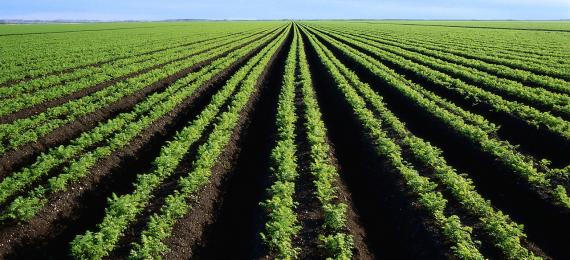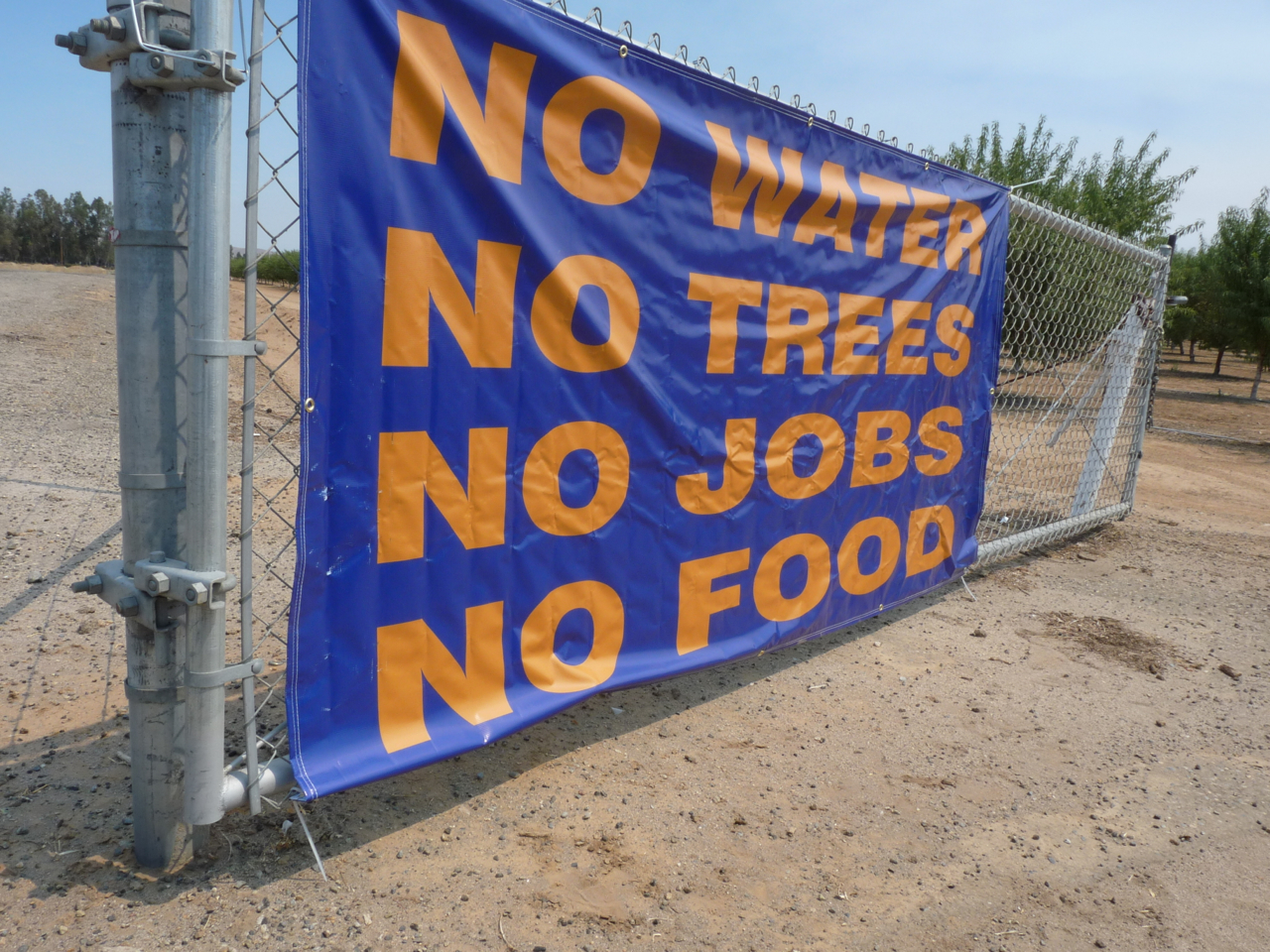Dealing with Food Waste—Make Energy and Other Products!
Recycling Food Waste is Big Business
By Monique Bienvenue, California Ag Today, Social Media Manager
With food waste being a serious problem in today’s society, researchers at Greenbelt Resources Corporation are working to perfect new technology that can convert food waste into usable energy and byproducts.
“Ideally, within the next 3-5 years, we’ll have a system that can take, for example, a city like Santa Monica, with a population of about 100,000 people, that would generate about 35 thousand tons of waste per year,” said Chief Executive Officer and President of Greenbelt Resources Corporation Darren Eng. “That 35 thousand tons could be converted with our technology, combined with a couple of others, into 1 million gallons of ethanol per year and power a 2 mega-watt heat and power system.
According to the Environmental Protection Agency, over 36 million tons of food waste was generated in 2012. Two years have since gone by and that number has only increased.
Eng has high hopes for Greenbelt’s new technology. He wants to take food and beverage waste and convert it into what he calls the four F’s: fuel, fertilizer, animal feed and filtered water.
According to Eng, both the agriculture and beverage industries are good candidates for Greenbelt’s technology. Greek-yogurt plants are especially being targeted; acid-whey waste is a common byproduct, and with Greenbelt’s new technology that acid could be converted into alcohol and the whey waste can be converted into high protein animal feed.
That’s not all. Greenbelt’s new technology is also being credited for being able to produce ethanol.
“Most fuel today has ethanol in it as an oxygenator,” said Eng. “But most people don’t realize that the hand sanitizers such as Purell are 65% ethanol; or if you go to a banquet or a wedding reception, those little Sterno containers in heating food is gelatinized ethanol.”
Is Greenbelt’s new technology the answer to America’s food waste issue? Only time will tell.











